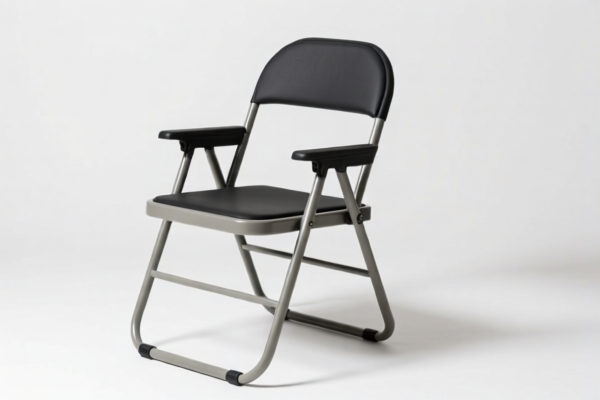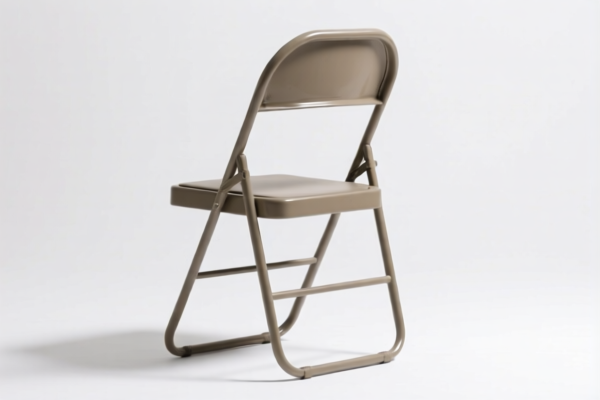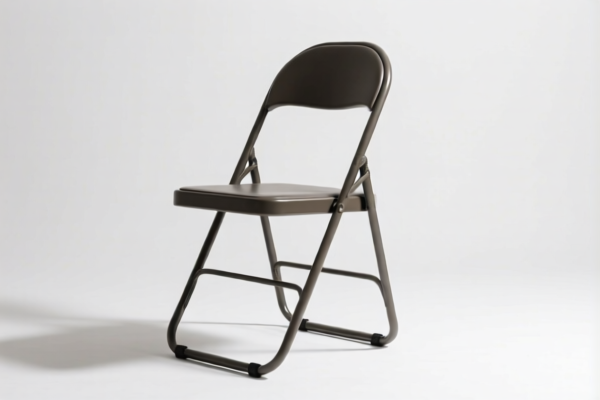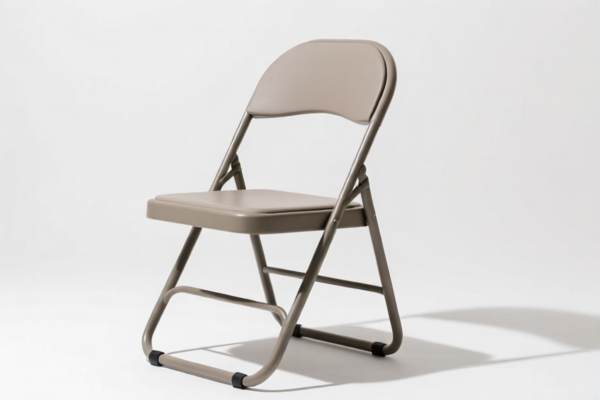| HS Code | Official Doc | Tariff Rate | Origin | Destination | Effective Date |
|---|---|---|---|---|---|
| 9401612011 | Doc | 55.0% | CN | US | 2025-05-12 |
| 9401614011 | Doc | 55.0% | CN | US | 2025-05-12 |
| 9402100000 | Doc | 30.0% | CN | US | 2025-05-12 |
| 9402900020 | Doc | 30.0% | CN | US | 2025-05-12 |
| 3916905000 | Doc | 60.8% | CN | US | 2025-05-12 |
| 3916903000 | Doc | 61.5% | CN | US | 2025-05-12 |




Spinning Chair
A spinning chair, also known as an office chair, swivel chair, or rotating chair, is a type of chair that pivots on a central axis, allowing a user to rotate.
Material:
- Frame: Typically constructed from metal (steel, aluminum), often with a chrome finish for durability and aesthetics. Some modern chairs utilize plastic polymers.
- Seat & Backrest: Materials vary widely, including:
- Mesh: Offers breathability and comfort, common in ergonomic designs.
- Fabric: Provides comfort and a range of color/pattern options. Often polyester or nylon blends.
- Leather/Vinyl: Offers a premium look and feel, but can be less breathable.
- Plastic: Common in budget-friendly models.
- Base: Usually a five-star base made of metal or plastic, providing stability.
- Casters/Wheels: Typically made of plastic or rubber, designed for smooth movement on various floor surfaces.
Purpose:
The primary purpose of a spinning chair is to provide comfortable seating with enhanced mobility. This allows users to easily access different areas of a workspace without repeatedly standing up and moving the chair.
Function:
- Rotation: The core function is 360-degree swivel capability.
- Height Adjustment: Most spinning chairs feature pneumatic or mechanical height adjustment to accommodate different users and desk heights.
- Tilt Adjustment: Many models offer tilt mechanisms for reclining or forward/backward movement. Some have tilt tension control and lock features.
- Armrest Adjustment: Adjustable armrests (height, width, depth, angle) provide ergonomic support.
- Lumbar Support: Ergonomic models often include adjustable lumbar support to promote proper posture.
- Headrest: Some chairs include adjustable headrests for neck and head support.
Usage Scenarios:
- Offices: The most common application, used by office workers, managers, and executives.
- Home Offices: Increasingly popular for remote work setups.
- Gaming: Dedicated gaming chairs are a specialized type of spinning chair with enhanced features for comfort during long gaming sessions.
- Conference Rooms: Used for meeting participants.
- Studios/Creative Workspaces: Provide mobility for artists, designers, and other creative professionals.
Common Types:
- Executive Chairs: High-backed, often with leather upholstery and extensive adjustment options. Focus on comfort and aesthetics.
- Ergonomic Chairs: Designed to promote proper posture and reduce strain. Feature adjustable lumbar support, armrests, and headrests.
- Task Chairs: Simpler designs, focused on functionality and affordability.
- Gaming Chairs: High-backed, with aggressive styling and features tailored to gamers (e.g., neck pillows, lumbar cushions).
- Drafting Chairs: Designed for use with high drafting tables, with adjustable height and footrests.
- Kneeling Chairs: A specialized type that promotes a forward-leaning posture.
- Mesh Chairs: Feature a breathable mesh back and seat.
Spinning chairs fall under several classifications depending on their specific features and intended use. Here's a breakdown of relevant HS codes based on the provided information:
- 9401.61.20.11 - Seats (other than those of heading 9402), whether or not convertible into beds, and parts thereof: Other seats, with wooden frames: Upholstered: Chairs: Of teak Household: Of plantation-harvested teak. This code applies to upholstered chairs with wooden frames made of teak, specifically those for household use and sourced from plantation-harvested teak. The tax rate is currently 55.0% (0.0% base tariff, 25.0% additional tariff, increasing to 30.0% after April 2, 2025).
- 9401.61.40.11 - Seats (other than those of heading 9402), whether or not convertible into beds, and parts thereof: Other seats, with wooden frames: Upholstered: Chairs: Other Other household. This code covers upholstered chairs with wooden frames for household use, but not specifically made of teak. The tax rate is also 55.0% (0.0% base tariff, 25.0% additional tariff, increasing to 30.0% after April 2, 2025).
- 9402.10.00.00 - Medical, surgical, dental or veterinary furniture (for example, operating tables, examination tables, hospital beds with mechanical fittings, dentists' chairs); barbers' chairs and similar chairs, having rotating as well as both reclining and elevating movements; parts of the foregoing articles: Dentists', barbers' or similar chairs and parts thereof. This code is applicable if the spinning chair is designed for medical, dental, or veterinary purposes (e.g., a dentist's chair) or functions as a barber's chair with rotating, reclining, and elevating features. The tax rate is currently 30.0% (0.0% base tariff, 0.0% additional tariff, increasing to 30.0% after April 2, 2025).
- 9402.90.00.20 - Medical, surgical, dental or veterinary furniture (for example, operating tables, examination tables, hospital beds with mechanical fittings, dentists' chairs); barbers' chairs and similar chairs, having rotating as well as both reclining and elevating movements; parts of the foregoing articles: Other Other. This code applies to other medical, surgical, dental, or veterinary furniture not specifically classified elsewhere, including chairs with rotating features. The tax rate is currently 30.0% (0.0% base tariff, 0.0% additional tariff, increasing to 30.0% after April 2, 2025).
Important Note: The classification of a spinning chair depends heavily on its intended use and construction. If the chair is used in a medical or dental setting, codes 9402.10.00.00 or 9402.90.00.20 would be more appropriate. For general household use, codes 9401.61.20.11 or 9401.61.40.11 apply, depending on the frame material (teak or other wood).
Customer Reviews
No reviews yet.